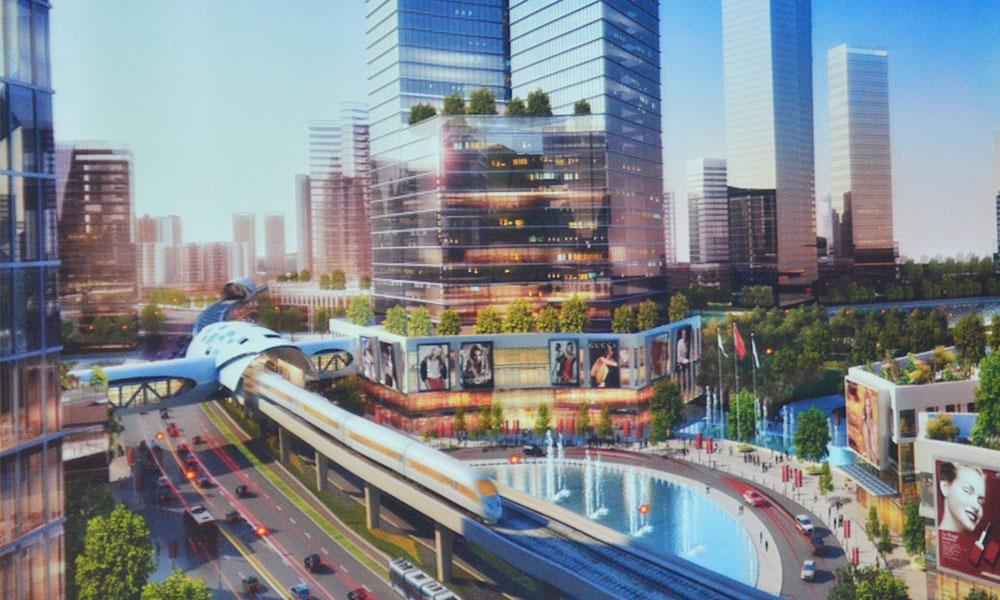
Recently, the debate over the viability of tram or Autonomous Rail Transit (ART) versus Light Rail Transit (LRT) for Penang Transport Master Plan (PTMP) has resurfaced.
The discussion is timely and necessary given the high stakes involved and conditional approval obtained for the project.
Thus far, the debate is largely on a conceptual or generic basis without detailed reference to the built environment and traffic condition in Penang in general, and the proposed Bayan Lepas to Komtar traffic corridor, in particular.
Planning for the long term
The suitability and feasibility of a public transport system are determined by anticipated travel demand of the particular traffic corridor in relation to policy, geography, population and employment growth of a given time horizon.
LRT projects, for example, need to be designed with capacity catering to the anticipated long-term travel demand for 30 years and beyond.
For this reason, a rail system is a long-lasting government asset. One can think of the London Underground that is still in use after 150 years in operation.
Therefore, allowance for relevant design and construction provisions must be planned to ensure long-term travel demand is met, as long as the funding model is feasible.
This is crucial to ensure Penang’s population is well-served into the future. We have to keep this in mind when we compare between tram, ART, and LRT.
On-ground tram and ART versus elevated LRT
Tram and ART operate commonly on the ground. Trams require in-built tracks on the road while ART is a trackless system.
Given these circumstances, a few radical steps would have to be taken if the Penang island roads were to accommodate trams or ART at ground level.

Firstly, we need to designate existing road lanes for tram or ART. This is not only necessary to ensure they gain traffic priority, such as at junctions and roundabouts, but also as a safety measure to reduce collision risk with other road users and pedestrians.
Secondly, given that the existing roads in Penang are generally narrow, they need to be expanded to have designated passageway for tram and ART.
Land acquisitions would ensue, which will significantly increase the project cost, considering the premium value of land space in Penang.
Thirdly, building elevated highways just for tram or ART usage will likewise increase the cost and duration of the construction period.
Building the elevated highways take time, thus the timeframe needed to develop the tram and ART will be similar to the LRT. Would critics of the LRT system still be open to elevated tram or ART?
Fourthly, it is important to note that ART’s relative newness and lack of long-term case studies is a disadvantage to truly understanding the nuances of its system.
A more specific study of the new ART system’s feasibility in Penang is required. Despite bearing the term “autonomous”, ART still requires a driver at its helm in case of emergency.
The LRT project, on the other hand, had detailed studies completed for Penang’s context by the project delivery partner. The LRT drastically differs from tram and ART as it functions without a driver above ground level on an elevated track.
Therefore, the LRT's impact on ground-level public spaces, existing roads and traffic is minimal and is the least obtrusive among the three options.
Tram or ART would’ve been the dream system in a new township, without existing buildings, roads, and the congestive traffic conditions of Penang island. Our unique context makes LRT the most suitable long-term public transport.
Timothy Tye is a spokesperson of civil group AnakPinang and former council member of Penang Heritage Trust. Joshua Woo is a former Seberang Perai councillor. - Mkini



No comments:
Post a Comment
Note: Only a member of this blog may post a comment.